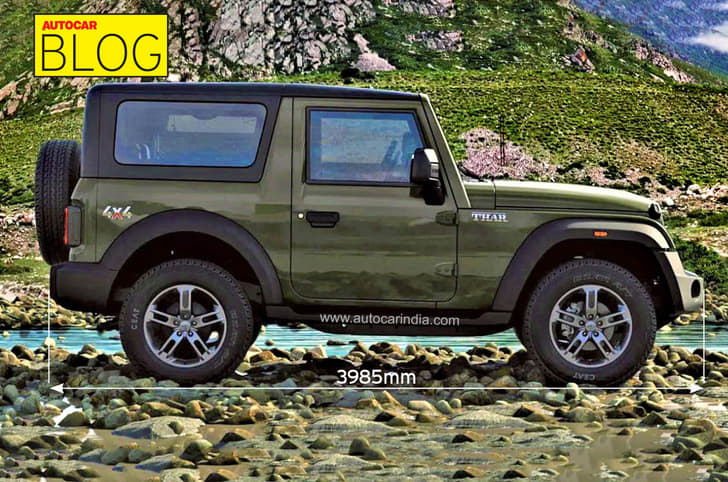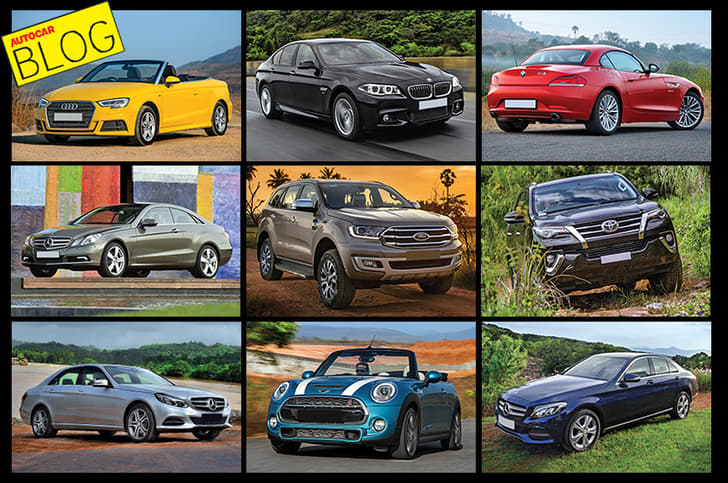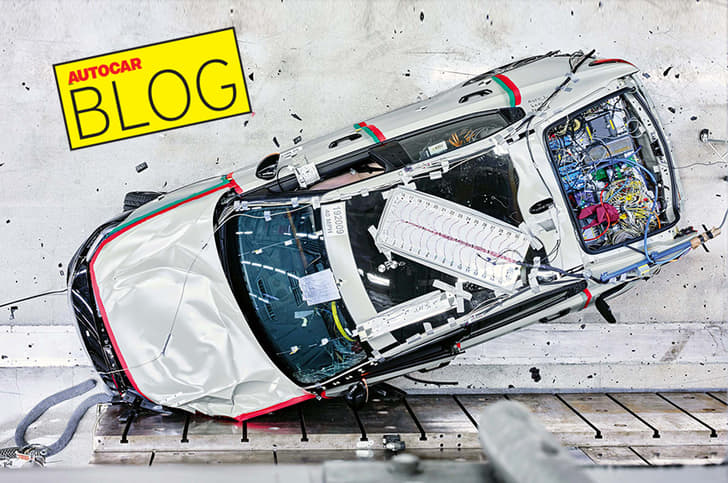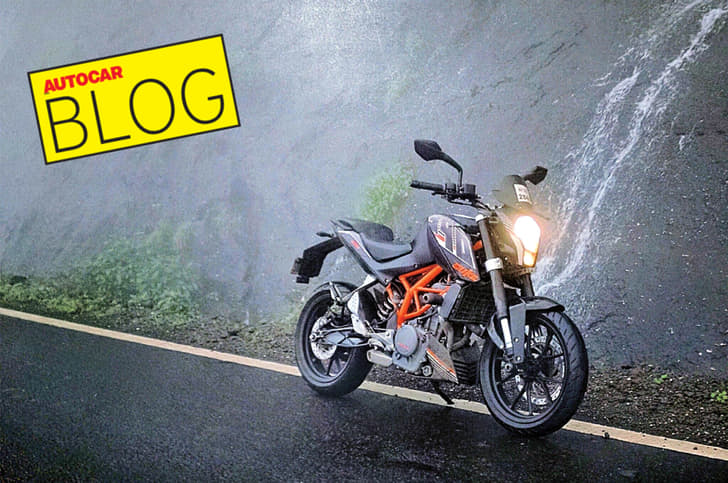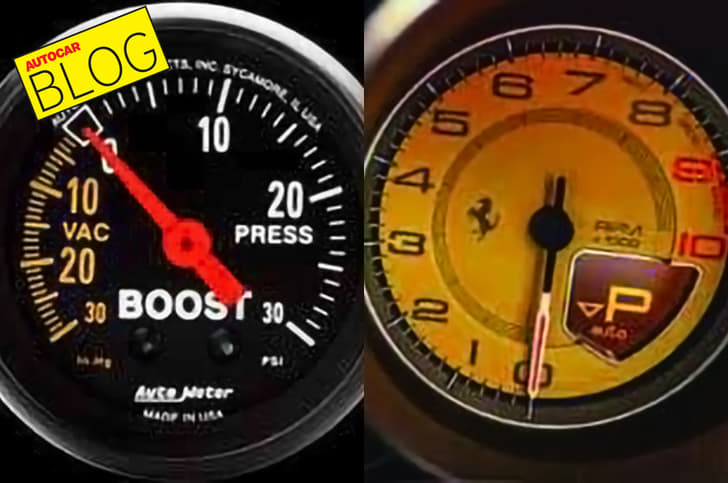It’s finally here, the Mahindra Thar – arguably one of the most iconic of Indian products – has at last received a much-needed update. This new-generation Thar doesn’t just pick up where the old one left off, it takes a massive leap forward.
At the unveiling, Dr Pawan Goenka, president, Mahindra and Mahindra Ltd., said that, due to the iconic status of the Thar, there were “decision after decisions” that the company had to make during the development. The decision to have the new Thar look absolutely purposeful and retain its unparalleled off-road ability was a given, and looking at the vehicle, its specifications and features, it’s safe to say Mahindra has nailed it.
But to me there are two key decisions made by the company that will define success for the new Thar – one I like, one I don’t. Let’s begin with the latter.
Design Heritage
Given their shared heritage, it’s inevitable that the new Thar would resemble the Jeep Wrangler, and as Goenka said, “a Thar has to look like a Thar,” but I think the company has clung too hard to the heritage design cues.
Yes, finding a balance between a unique design and being in touch with your roots is tricky business, but Goenka did say the company had seven design iterations, ranging from a just a “design evolution” to a “totally new” design. Going by the final product, I think the company has stayed too far away from the “totally new” end of the spectrum.
Though this is hardly going to be an issue in India, it will be an important element for Mahindra in times to come. The company is rapidly making huge strides in its product development and export footprint and, in the mid-term future, it’s not hard to imagine Mahindra products standing shoulder to shoulder with Jeep and others in many global markets.
This is when a unique identity would be a much-valued asset. Remember, Mahindra’s ‘heritage’ is basically concentrated in India, while in global markets a unique identity and persona would certainly help the company’s image. You wouldn’t want to enter a market and get ‘grilled’ about being a ‘me-too’ product, would you? Even in India, competing in the same segment as Jeep will require a unique design language and identity.
Sure, there’s time to work on this, but as the company said, this is an absolute icon of a vehicle, and so if there ever was a product that Mahindra could have birthed its own design signature with, this was it. The Thar would easily build and solidifying the brand identity,which would then rub off on its stablemates.
Small-car benefit
At 3,985mm in length, the new Thar comes under the sub-four-metre mark, and if Mahindra had gone with smaller petrol and diesel engines, it could have easily qualified for the small-car tax breaks. But going with bigger engines is a decision that I absolutely love.
There’s already chatter online about using smaller engines and going for an attractive low price. This has merit and could perhaps work later on, but for now, it’s imperative that the Thar has a powerful, large-capacity engine. As Goenka said, “Thar is all about power” and beyond the performance, it’s the imagery that’s key. You can talk of turbochargers and direct injection, but small capacity is still viewed by many as inferior, and so I believe launching with two large-capacity powerplants was the right thing to do.
Mahindra is also being criticised for not launching a 4x2 version, but here too I’m glad the company has stuck with only 4x4s. The Thar is already an ‘affordable’ product and it’s much like the Victorinox Swiss army knife, where even those who buy it as a stylish accessory need to know that the blade and its other tools are all very capable.
Having smaller-capacity engines, 4x2 drivetrains and a lower price would bring in an initial flood of customers, but this would fizzle out and would require deft balancing of the profit margin too. It’s something an executive would do to get a quick promotion, but not what someone playing the long game would do.
And credit here goes to Mahindra’s team of long-serving stalwarts, who have wisely not fallen for the ‘quick and large volumes but small margin’ trap. Rather than trying to get more people to pull out their wallets, Mahindra has worked towards appealing to those who will open them wider. This will only build the brand, increase desirability for potential customers, and profitability for its makers.

